How Small Businesses Can Go Viral and Put Themselves on the Map
Small Business OS: Learn from small businesses that went big with viral content and how you can platform your brand to build a content machine.
In a world where attention is currency, smaller businesses are learning how to go viral online to capture that attention. And not by luck, but by design. One good post can attract potential customers in droves, flood your DMs with orders, and turn your story into the internet’s favorite underdog win.
A viral video can change everything. Just ask Poppi, the prebiotic soda brand that exploded in popularity after its founder posted a TikTok sharing the brand’s origin story. That single post drove $100,000 within 24 hours, and turned Poppi into a household name.
Or take Judy’s Family Cafe in Illinois, where a quirky, low-budget TikTok featuring the owner in tiny sunglasses led to 10.5 million views and a 50% spike in sales. Customers drove from hours away just to visit. Stories like these are no longer outliers, they’re quickly turning into a blueprint for success driven by virality.
Let’s break down how your business can use social media to punch above their weight, and create real momentum from short-form videos, storytelling, and smart content strategy.
Table of Contents
Best Practices for Small Businesses on Social Media
Turning Your Brand Story Into a Content Machine
The Science Behind Going Viral
Viral Content Formats That Grab People’s Attention
Social Media Hacks for Organic Growth
How to Scale Your Content Strategy After Going Viral
Final Verdict: The Best Content Taps into Human Emotion
1. Best Practices for Small Businesses on Social Media
Going viral might feel unpredictable, but building a strong foundation for social content isn’t. It starts with doing the basics right, and doing them consistently. Here’s how small businesses can set themselves up for real traction:
Start where your audience already hangs out.
Don’t spread yourself across every platform all at once. Start by choosing one or two where your ideal customer actually spends time and build your influence and community there. This could be targeting a Gen Z audience on TikTok, or appealing to creatives on Instagram with carousels, infographics, and aesthetic visuals.
Show up consistently.
You don’t need to post every day, but you do need a rhythm. Social algorithms reward consistency, and so do your followers. Even 2 to 3 posts per week can build momentum as long as you maintain that rhythm.
Make it personal.
People don’t fall in love with logos. They connect with faces, voices, and stories. If your content isn’t garnering attention with views and likes, try personalizing it more.
Whether that’s putting the founder in front of the camera, or sharing the behind-the-scenes of how your product is made and/or helps people, show the real process, the journey.
Use video, especially short-form.
Video is one of the most effective mediums of content, and short-form videos (15–60 seconds) get outsized reach on TikTok, Instagram Reels, and YouTube Shorts. This type of content should showcase your product in action, answer common questions, and make your customer the protagonist in your story.

Lean into comments and conversations.
Engagement isn’t just a metric, it’s a signal that people are interested in what you have to say, and sell!
Whether you have a full social media team or just one social expert, make it a goal to reply to comments, ask questions, and tag loyal customers from your channels. Social media is meant to be social, so don’t treat it like a one-way ad.
Don’t overthink production.
You don’t need to invest in top of the line production equipment to scale your efforts. iPhones shoot amazing video, too. Think of it like this: Raw footage > overproduced productions when it comes to content. What matters most is the hook, the message, and the relatability.
A common saying in creator spaces, such as TikTok, is “Just post the content” encouraging small creators and businesses to produce on social media regardless of how tech savvy they are.
2. Turning Your Brand Story Into a Content Machine
Now that you have some best practices under your belt, the next and most important part is developing your branded content. The best social content doesn’t feel like an advertisement.
It feels like a story people see themselves in or want to support. And every small business has one, it just needs the right framing. Here’s how to build a brand story that fuels organic, viral-worthy content.
Frame your audience as the protagonist
Your brand isn’t the hero, your customer is. Position your business as the guide that helps them succeed. Think of your product as the sidekick in their story.
What problem are they trying to solve? What identity are they stepping into? Content that celebrates your customer’s journey (not just your features) is the stuff that gets shared.
Tap into emotional storytelling
Facts don’t go viral, it's the feelings that do. Your product is more than what it does; it’s what it means. Maybe it helps someone feel more confident, connected, healthy, or seen.
Tell stories in your content that highlight those transformations and show how your brand helps people become a better version of themselves. That’s the emotional core of share-worthy content. Consider the following components of developing emotional stories:
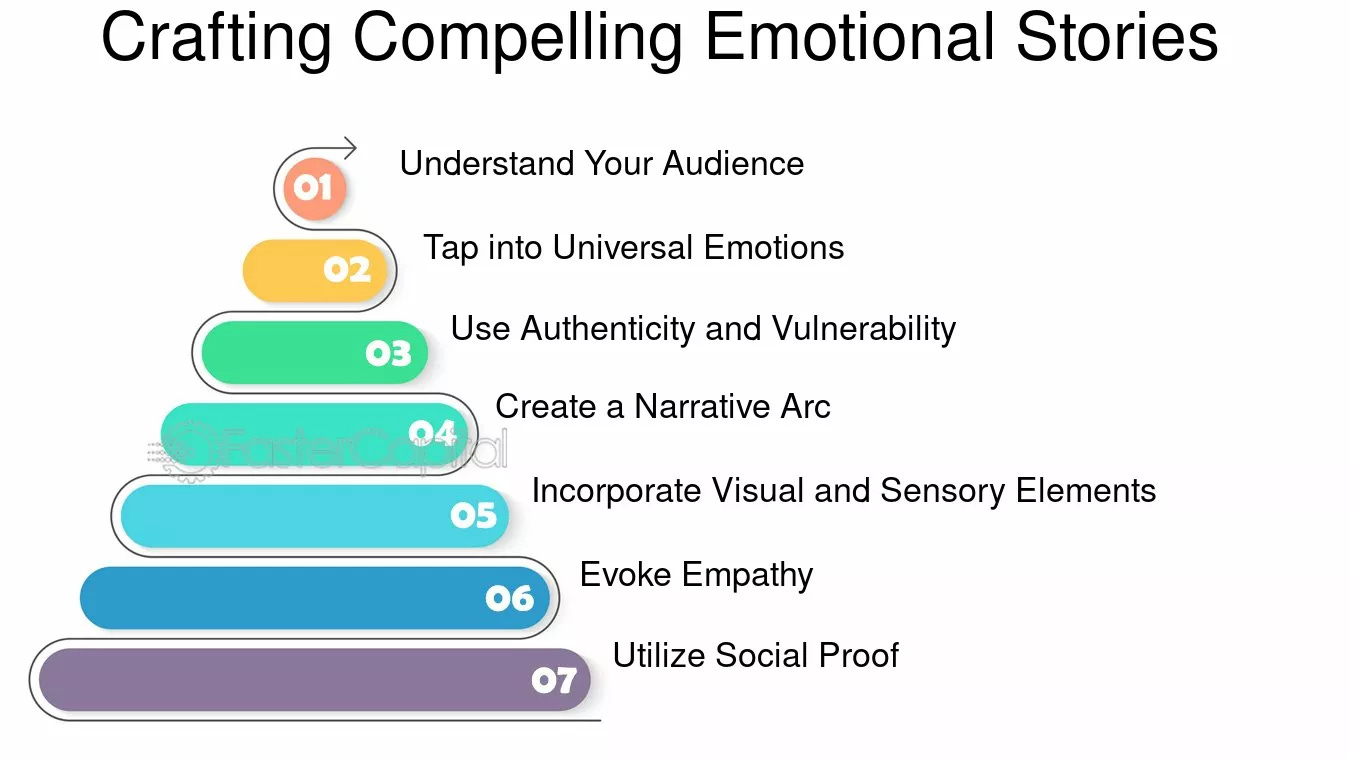
To create your brand’s narrative arc, you’ll have to identify one of 5 potential big ideas that you communicate through your storytelling content:
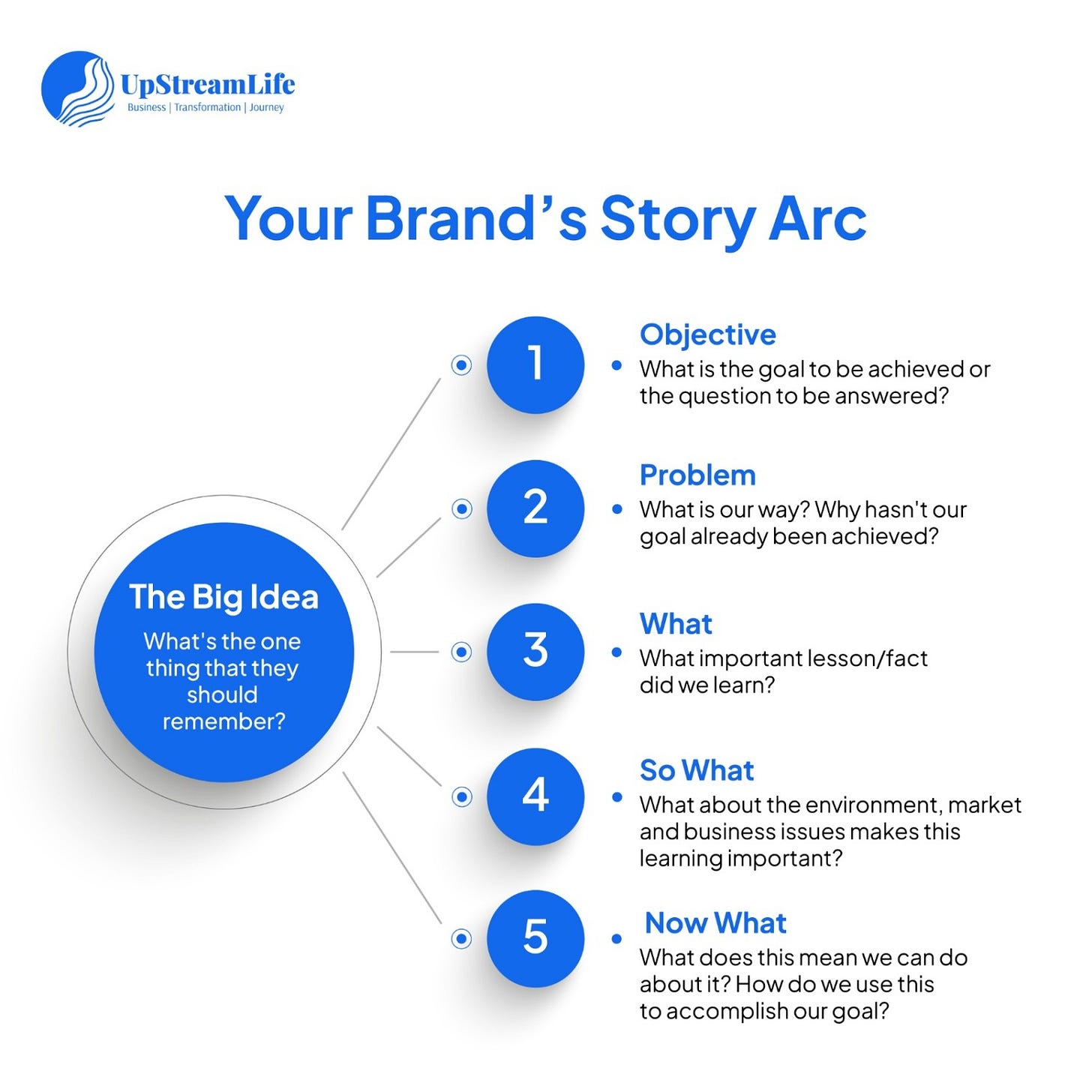
Use real customers as narrators
Let your users do the talking. Social proof is powerful, and UGC (user-generated content) is built for virality. Feature real people using your product, reacting to it, or telling their own stories. GoPro nailed this by turning its customers into action heroes.
Whether it’s testimonials, unboxings, or “before and after” videos, always put your audience in the spotlight to make it easier for people to see themselves as your customer.
Create a movement or leverage trends
People want to be part of something bigger. When your brand stands for a mission, a mindset, or a meme, it gives people a reason to rally and share. This could be a wellness journey, a sustainability stance, or just a fun inside joke with your followers. Tie your story to cultural trends or shared values, and your audience will help spread the message.
3. The Science Behind Going Viral
Virality isn’t magic, it’s based on simple human psychology. Certain types of content are built to be shared because they tap into how our brains work and what makes us feel something. If you understand these triggers, you can reverse-engineer content that travels.
Why People Hit "Share"
People share content to express identity, spark emotion, and connect with others. According to research from NFX, we’re wired to share things that signal who we are, how we feel, or what we value. Think of it like social currency: sharing a funny video, a hot take, or an inspiring story earns us status, makes us relatable, or shows we care.
The Core Ingredients of Viral Content
Most viral content has at least one of these elements; great content often blends several:
Emotion – Joy, anger, awe, inspiration. If it moves you, you’re more likely to pass it on.
Surprise – A twist, reveal, or unexpected insight keeps people engaged.
Relatability – Content that feels “so me” or “I’ve been there” invites shares.
Humor – Memes, low-budget skits, witty replies; funny wins every time.
The Hook Formula
You have 1–2 seconds to stop the scroll, so a great hook is everything. Ask yourself: Would this make someone pause?
A hook could be a bold question (“Tired of not seeing results in the gym?”), a visual surprise (like Judy’s Cafe owner popping into frame in tiny sunglasses), or an intriguing claim (“This one hack saved my startup”). Start strong and deliver quickly. Curiosity leads to views, and views lead to shares.
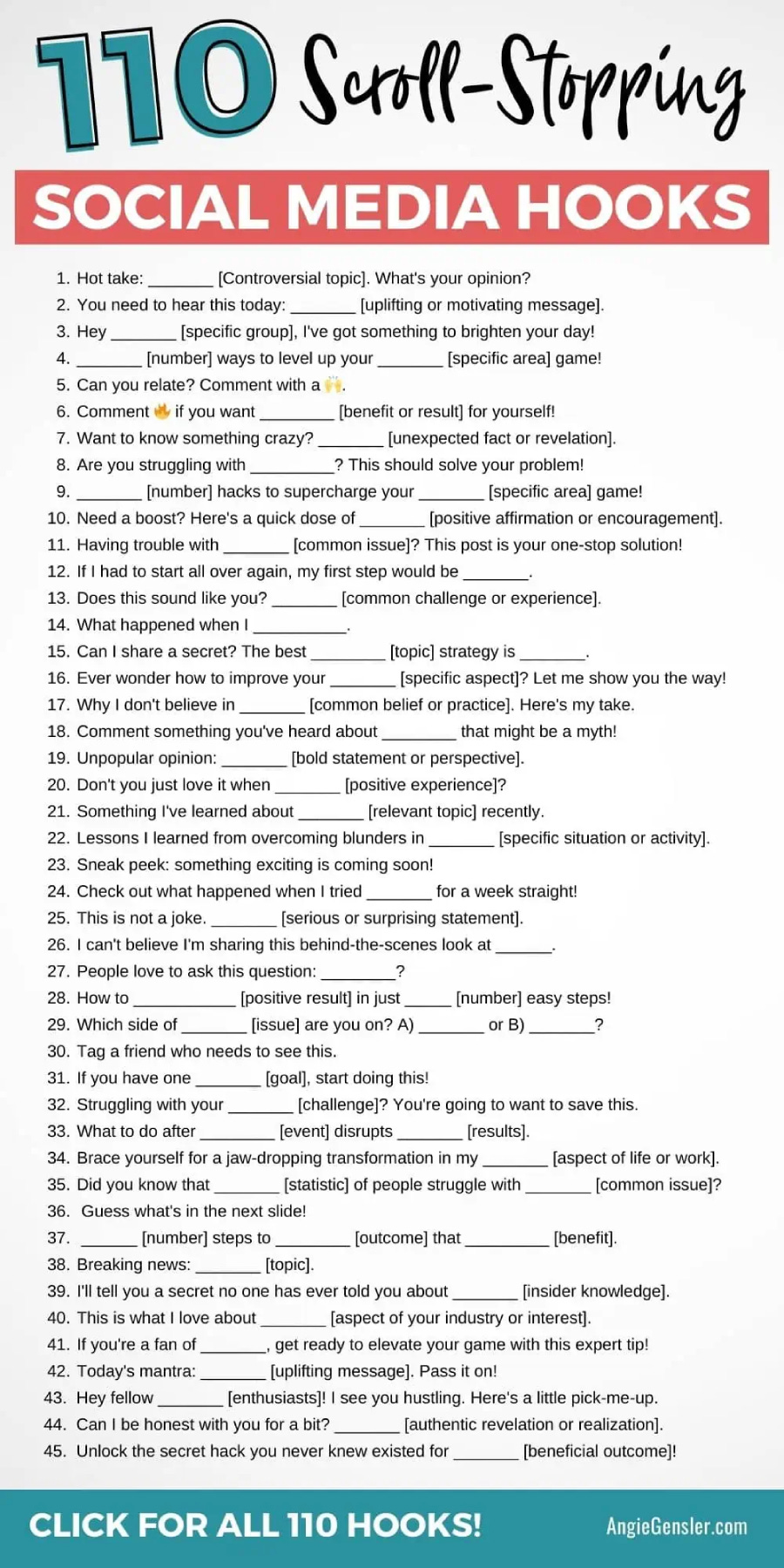
4. Viral Content Formats That Grab People’s Attention
Some content earns likes. Other content gets shared, saved, and stitched into someone else’s feed. The difference is in the format. Certain types of content are built to go viral, because they hit fast, feel real, and invite participation. Here’s how to use them.
UGC-Driven Content (Relatable, Raw, Community-Powered)
These formats feel like they’re coming from your customers, not your marketing team, and that’s why they work.
Behind-the-Scenes and Day-in-the-Life
People love seeing the human side of your business. Have people film a morning coffee run using your product, a shopping haul, or what it’s like to prep for a launch. It feels casual, and more importantly, it builds trust.
Customer Reactions and Testimonials
Instead of scripted reviews, spotlight real reactions. Encourage your customers to share their first bites, unboxings, or even their journey to purchase your product. ” Genuine, real-time reactions always win.
Micro-Influencer Collaborations
Instead of going after big influencers, partner with niche creators who talk like your customer, not at them. Let them tell your story in their own voice, ideally through “I tried this and here’s what happened” style content.
Interactive Polls and Prompts
“This or that” choices, comment prompts (“what flavor should we drop next?”), or story quizzes make your audience feel seen, and more likely to engage and share.
Clickbait-Style Content (Hooks That Stop the Scroll)
Hook-and-deliver with a stoppable headline in your content. These formats draw people in and reward their attention.
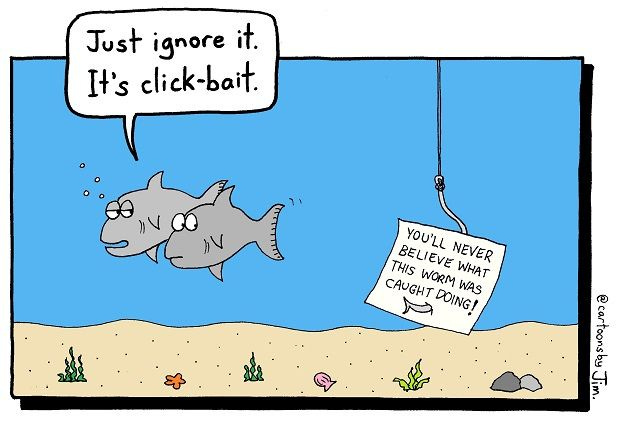
Transformation Stories and Before-and-After
Whether it’s a room makeover, skincare routine, or a product evolution, people love seeing the “before” just as much as the “wow.”
Time-Lapse and ‘How It’s Made’
Speed things up. Watching something come to life - from handmade soap to latte art - is satisfying, mesmerizing, and oddly addictive (heard the term ASMR that’s doing the rounds?).
PSA or Controversial Takes
Start with a strong POV: “Here’s what no one tells you…” or “Unpopular opinion: [insert hot take].” Just back it up with value; substance keeps people watching.
Meme Marketing and Trend-Jacking
Hop on viral formats while they’re hot. Pair it with your product, your niche, or a relatable pain point. The goal is to get people tagging friends with “this is so you.”
Educational and Value-First Content (Teach, Help, Inspire)
This is the type of content where you’ll build authority, trust, and save-worthiness.
Quick Tips and How-To Posts
Break down a tip in 30 seconds. “3 ways to style this dress.” “What to do if your car AC smells weird.” Short, practical, and scannable.
Product Hacks and Use Cases
Show people something unexpected about your product. A skincare balm that doubles as lip gloss. A coffee tool that works for tea. Bonus points if it solves a unique problem.
Myth-Busting and “Did You Know?”
Bust common beliefs in your industry. Start with something scroll-stopping: “You’ve been storing coffee wrong your whole life…”
Comment-to-Get-It CTAs
Drive engagement with simple prompts like “Comment ‘YES’ for the link” or “Want the full guide? Drop a 🔥.” Works well with freebies, downloads, or email capture.
People don’t just want to be sold. They want to feel seen, entertained, or helped. Be sure to choose formats that match your voice and audience, test fast, and let the winners lead your strategy.
5. Social Media Hacks for Organic Growth
Going viral is great, but sustainable growth comes from systems. Consider these strategies that help small businesses expand their reach without spending on ads.
PR Strategies
Getting featured in blogs or local news doesn’t require a PR agency. It just takes a good story and a human approach. Journalists love highlighting small businesses with a unique angle.
Lead with your founder journey, a recent viral moment, or the impact you’re making in your community. You could go as far as sending a short, personal note via email or DM on X (Twitter), and include a link to the social post that’s gaining traction.
On social platforms like X and LinkedIn, storytelling wins. Twitter threads work best when they’re framed like mini case studies: “How I turned a $200 idea into a 6-figure side hustle.” Keep the structure simple, break it down line by line, lead with a hook, and finish with one clear takeaway.
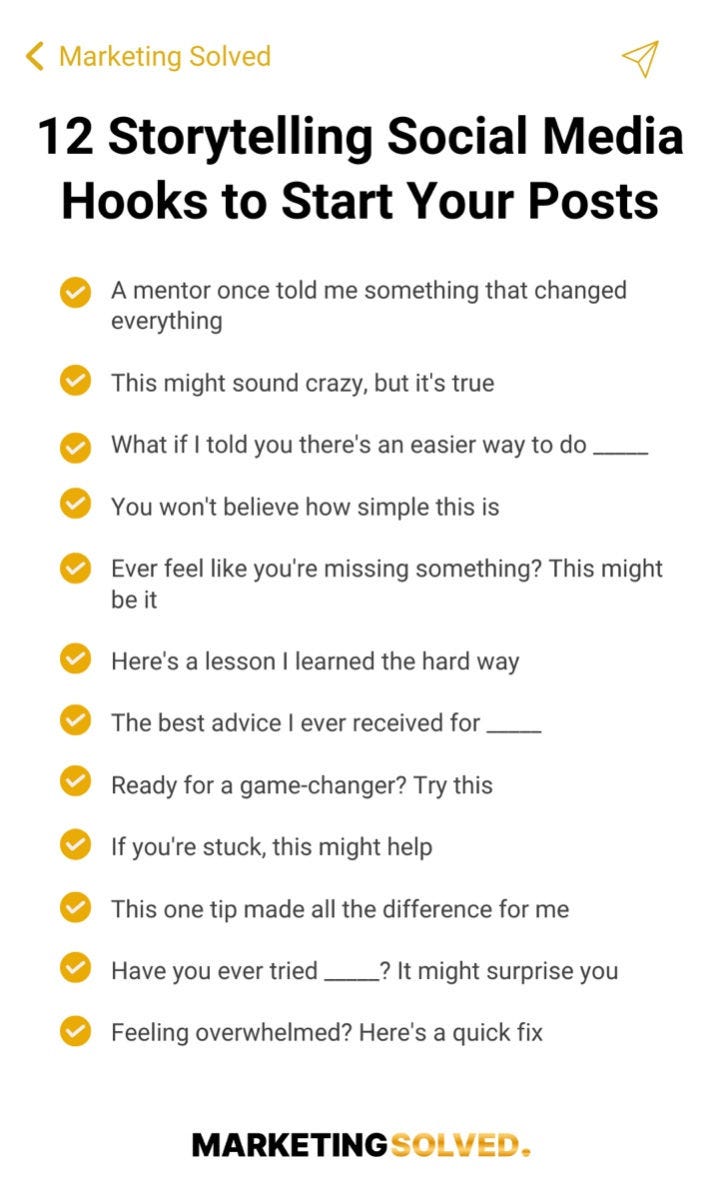
On LinkedIn, aim for realness. Share a small customer win, or a lesson learned from something that didn’t go as planned. Your audience doesn’t want polished, they want personal.
Reddit and niche Facebook groups are underrated growth channels. The key is to show up with value, not self-promotion. Subreddits like r/Entrepreneur, r/SmallBusiness, or r/BuyItForLife are full of potential customers, if you join the conversation authentically.
On Reddit, ask for feedback, share your journey, andffer insights others can learn from. The same goes for Facebook: tap into community groups tied to your city, industry, or niche interests. One thoughtful post in the right group can drive real foot traffic, or even your next viral moment.
Short-Form Video Strategies
Short-form video is where virality lives, and the first three seconds make or break your shot at it. One great example is a TikTok from @joinbrands that opens with, “Here’s how we grew 50k followers in a week,” and cuts straight to results. It grabs attention fast and earns the viewer’s time.
Your text overlay is just as important. It’s the headline of your video. Make it specific and curiosity-driven. A solid example comes from @compassmimi, who used the on-screen text: “Here’s how we made $10K from a single email.” It instantly raises questions and keeps people watching for the answer.
The winning combo is always the same: hook + value + personality. Say something compelling, teach something useful, and let your tone or aesthetic come through.
People don’t just follow brands, they follow energy. If your content feels like a conversation, not a pitch, you’ll build a real audience.
And don’t forget the call to action. Ask viewers to follow, comment, or tag a friend. The goal is to invite interaction, not demand it. When you do this right, your video won’t just be watched, it’ll get shared.
These hacks don’t require a huge team or budget. Just clarity, creativity, and consistency. When used right, they can take you from unknown to unforgettable, organically.
6. How to Scale Your Content Strategy After Going Viral
Virality is just a spike. What you do next determines whether it becomes momentum, or fades into a one-hit wonder. Let’s dive into how your business can turn attention into a scalable, long-term content strategy.
1. Turn Views Into Followers, and Followers Into Fans
Capitalize on the moment by giving your new audience a reason to stick around. Pin your best-performing post. Drop a follow-up video or a thank-you note. And most importantly, stay consistent. Keep showing up with content that feels like a continuation of what went viral.
2. Repurpose What Worked (Don’t Reinvent Every Time)
Take your viral post and slice it into new formats. Turn a video into a series, break a thread into carousels, or expand a comment into a full post. You don’t need to go viral again, you simply need to keep riding the wave.
3. Build a System, Not Just Content
Create a streamlined workflow. Use templates. Batch your filming. Schedule your posts. This frees you up to focus on strategy and storytelling, not scrambling to post last-minute. What felt spontaneous in the beginning needs structure to scale.
4. Move People Off the Algorithm
You don’t own your followers. However, you can own your list. Use that viral traffic to build an email or SMS list. Offer something valuable, like a free guide, a discount, early access in your viral content. That list becomes your insurance policy if reach drops.
5. Reinforce the Brand, Not Just the Moment
Viral content is often fun, weird, or quirky. That’s great, but make sure the follow-up content ties back to your core story. Show new followers what you stand for by highlighting your mission, your best product, and your customer wins. Scale happens when people don’t just like your content, they buy into your brand.
Case Study: Poppi’s Post-Viral Playbook
Poppi didn’t just blow up after one TikTok. They built an entire brand around that momentum. After founder Allison Ellsworth’s video sharing Poppi’s backstory drove over 100,000 orders in 24 hours, she doubled down on transparency, consistency, and community.

Poppi kept showing up on TikTok with founder-led videos, customer shoutouts, new flavor drops, and replies to comments. They turned virality into visibility, visibility into retention, and eventually scaled into retail distribution, influencer partnerships, and even a Super Bowl ad. The “magic”? They didn’t change their voice. They just gave it structure, and more ways for people to join the story.
Going viral is the spark. Scaling is the system. Build one that can handle the heat, and keep growing long after the views cool off.
7. Final Verdict: The Best Content Taps into Human Emotion
Small businesses that win online tell great stories, show up consistently, and create content that feels real, useful, or worth sharing. Whether it’s a behind-the-scenes clip, a viral meme, or a heartfelt customer reaction, the best content taps into human emotion and community.
Start small, stay authentic, and build systems behind your famous moments. Because the goal isn’t just to go viral, it’s to turn that moment into momentum, and momentum into a brand that has lasting impact



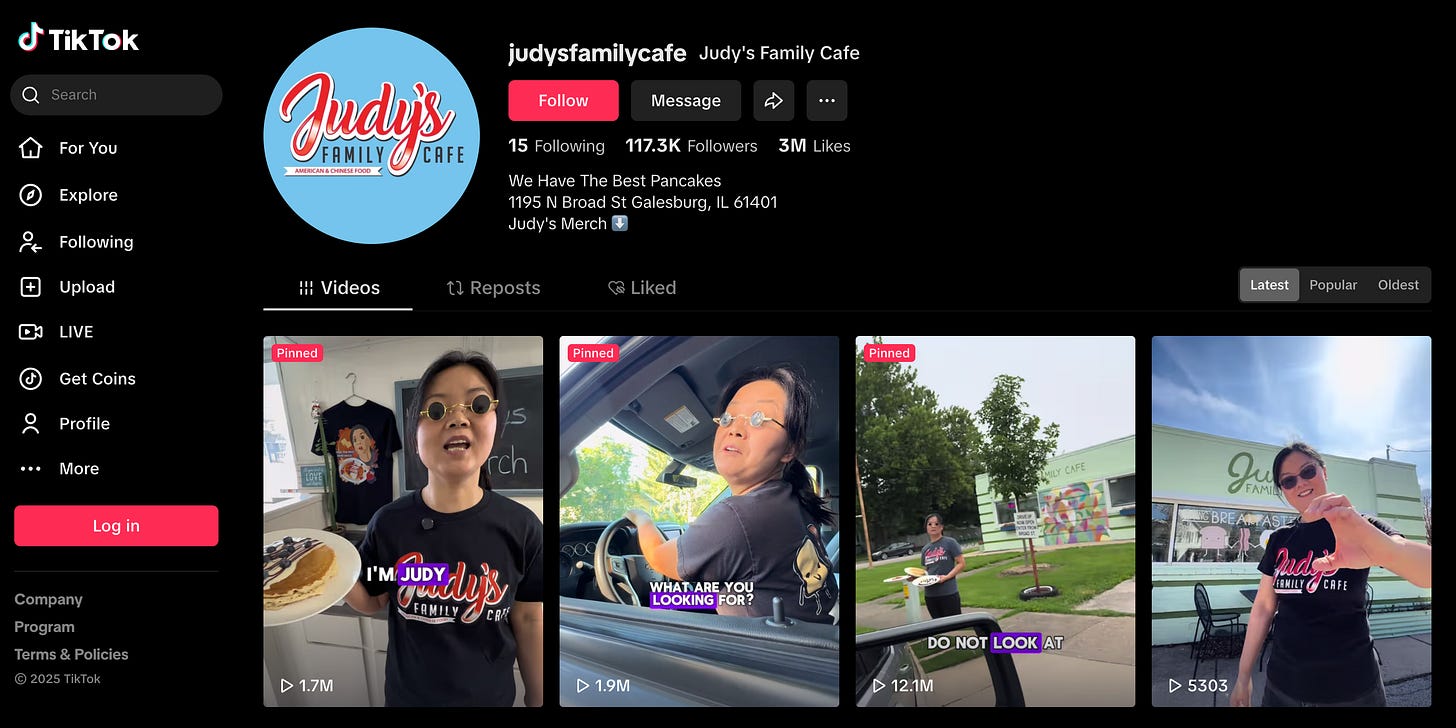

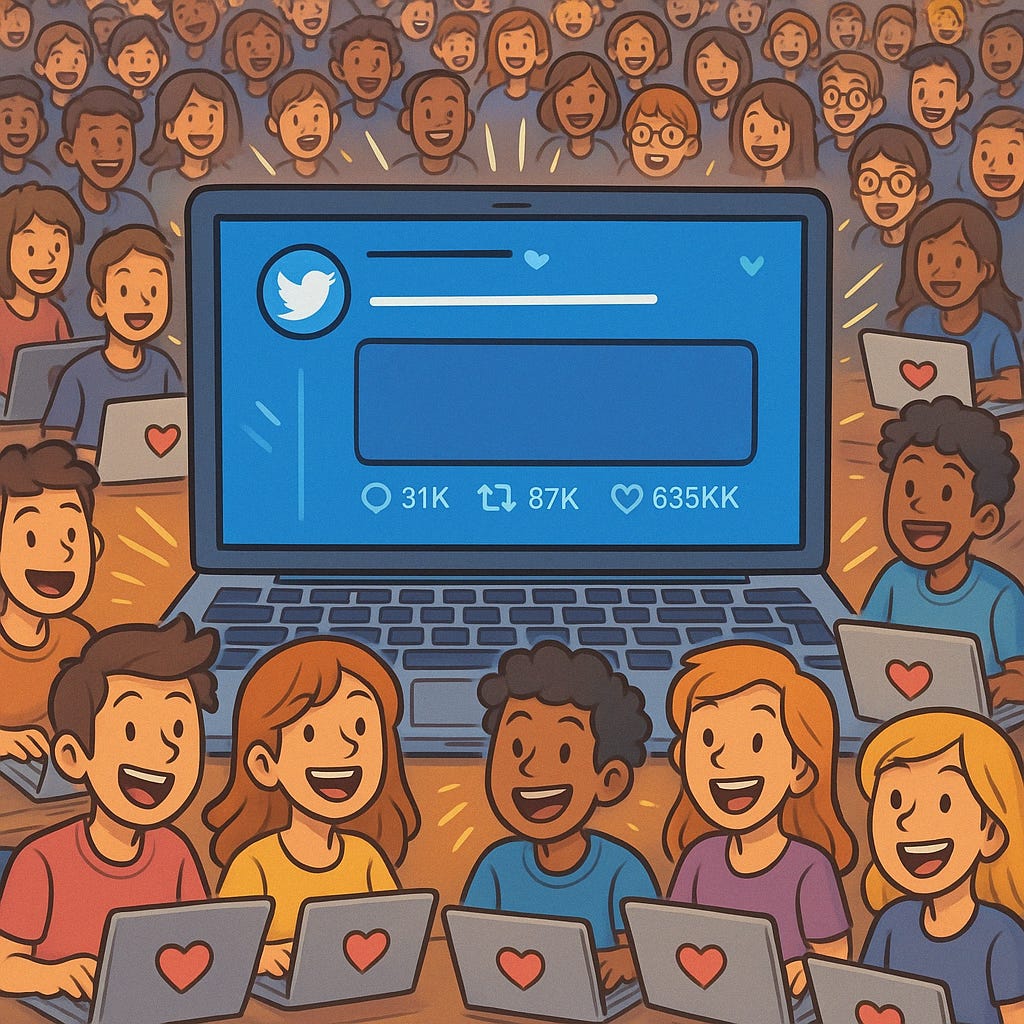
For first - Ruben and I do 200m annualised impressions on LinkedIn - all organic/earned media, low cost, low time - we understand that platform (we don't know all platforms) as a mathmatical system and so it's understanding the platform that is key NOT any one post itself. So in many regards you're factually bang on. It's more like Prices Law ie 10 in 100 or or 100 in 1000s. So cadence is much more important in these mathmatical systems. Other systems perhaps very different. When you review a quarter of posted content then many answers are in that review. Ie topics people genuinely care about that are unexpected or extremely obvious etc and you can sharpen your
Curious to learn more about viral marketing for early stage startups and small businesses. Interesting topic.